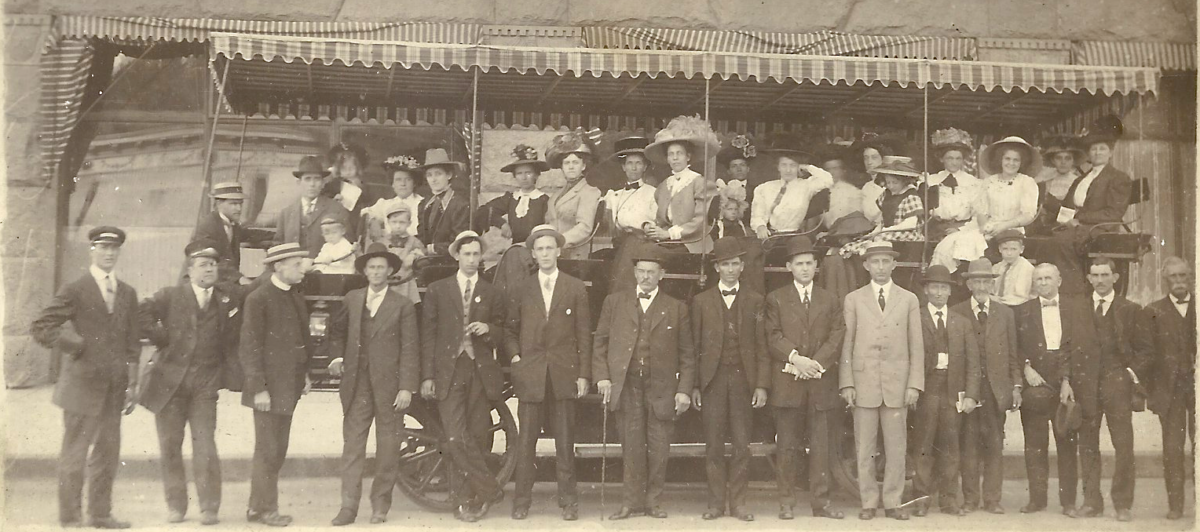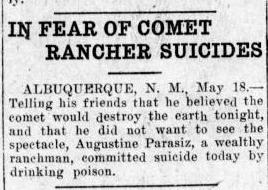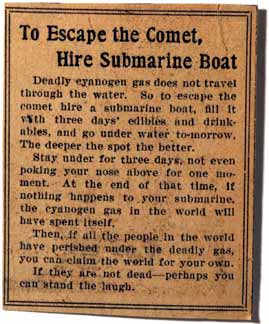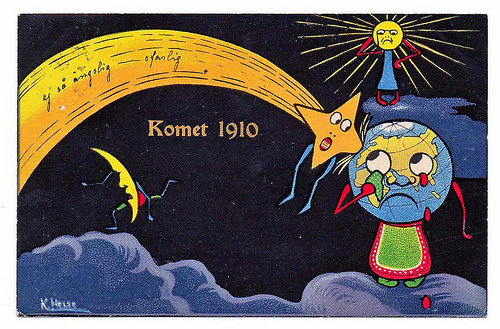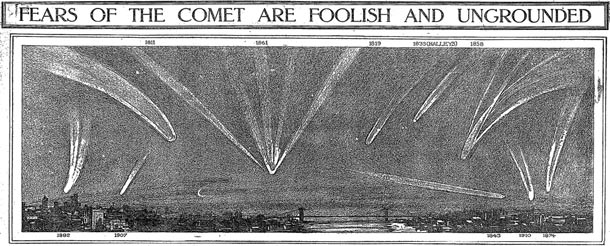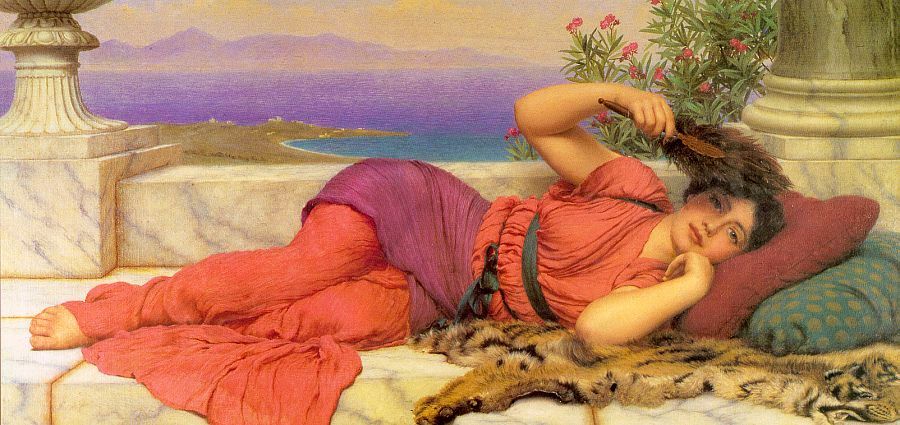
There was not much rest for Jessie in May of 1910. Despite the fact that she spent most of the first week sick in bed with tonsillitis, every day following seems to be filled with some special activity relating to the end of the school year in Memphis. On May 6th, Donna, Mildred and Jessie went to an elocutionary contest at the Goodwyn Institute. Their good friend Frank won, so the Merry Maids sent him flowers. On May 7th, Sara and Jessie went to the closing exercises of the dancing school at the Jefferson Theatre. And it continued from there — field day, basketball games, musical recitals, recitation recitals, rehearsals, club meetings, and so on. Since Jessie was graduating from Pope Elementary School and would enter high school in the fall, she had to take final exams in grammar, spelling, geography, civics, and arithmetic. On June 3, 1910, Jessie graduated from Pope School. She was class president and by her own account, “conducted the exercises.” She also read her composition, Historic Memphis, which won the prize for best composition in her grade.
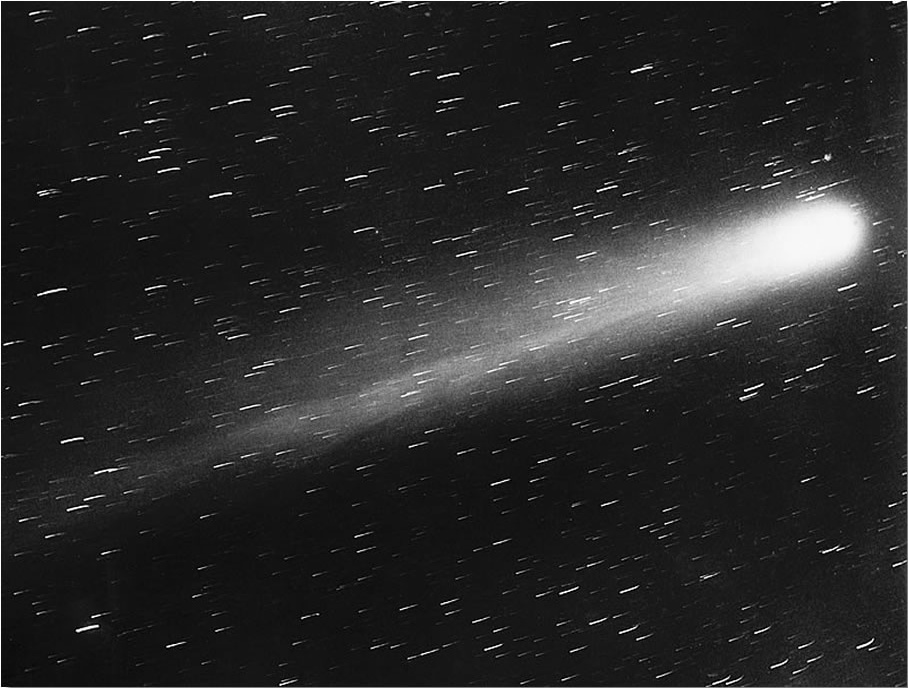
On May 20, 21, and again on May 25, Jessie remarks in her diary that she “saw the comet” — Halley’s comet, that is. Her remarks coincide with the time that the comet passed relatively close to the earth (between May 14 and 22, 1910), making a spectacular sight. This was the first time photos were made of the approach of the comet, and the first time that spectroscopic data was obtained, analyzing components of the tail of the comet. One of the substances discovered was the toxic gas cyanogen. French astronomer Camille Flammarion claimed (and it was reported in the NY Times) that when the earth passed through the tail of the comet (May 19, 1910), the gas would poison the atmosphere and snuff out all life on the planet. This caused some panic amongst the gullible, and dollar signs in the eyes of some entrepreneurs (comet pills, gas masks).
The New York Times published another article, this one by Mary Proctor, now trying to calm people’s fears.
Another interesting story related to the 1910 Halley’s Comet regards American author Mark Twain. Twain, whose birth name was Samuel Clemens, was born November 30, 1835, exactly 2 weeks after the comet’s perihilion in its apperance of that year. In his autobiography Twain said, “I came in with Halley’s Comet in 1835. It is coming next year, and I expect to go out with it. It will be the greatest disappointment of my life if I don’t go out with Halley’s Comet.” Mark Twain died on April 21, 1910, the day after the comet reached perihilion.
